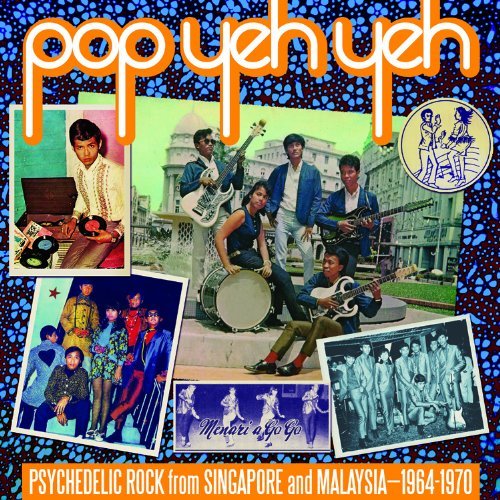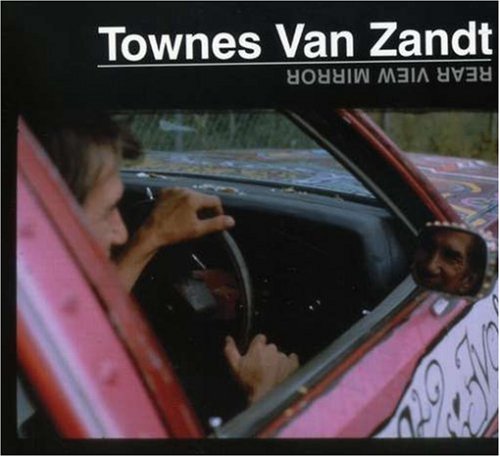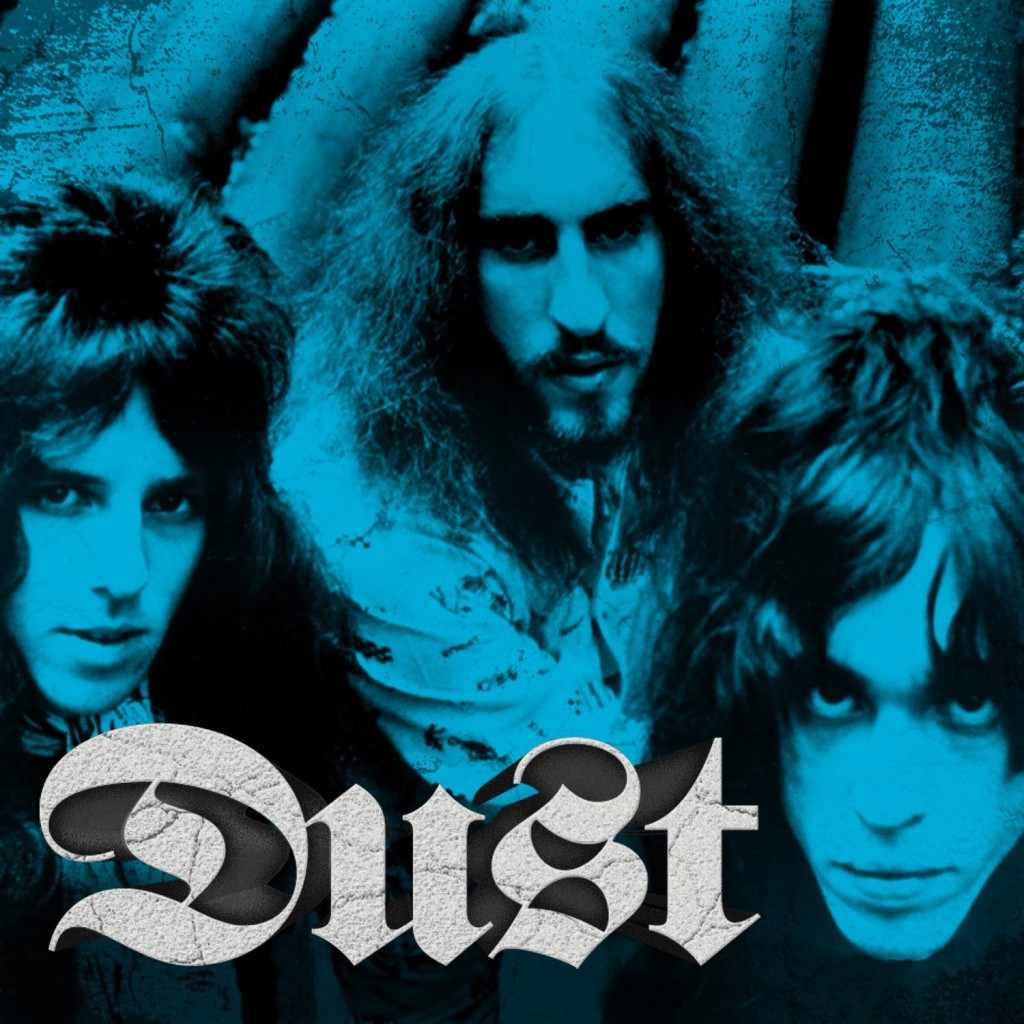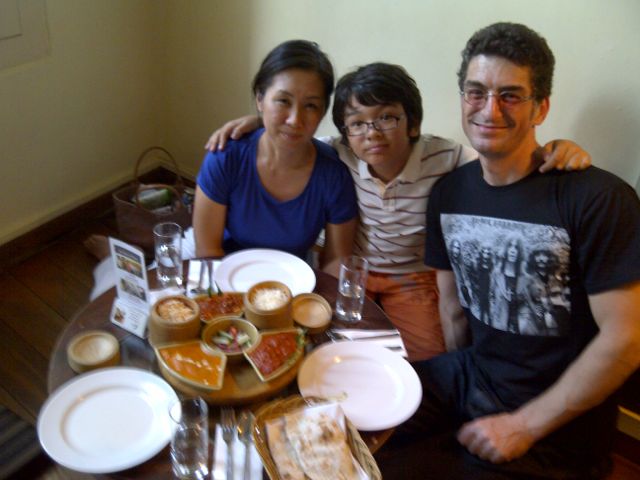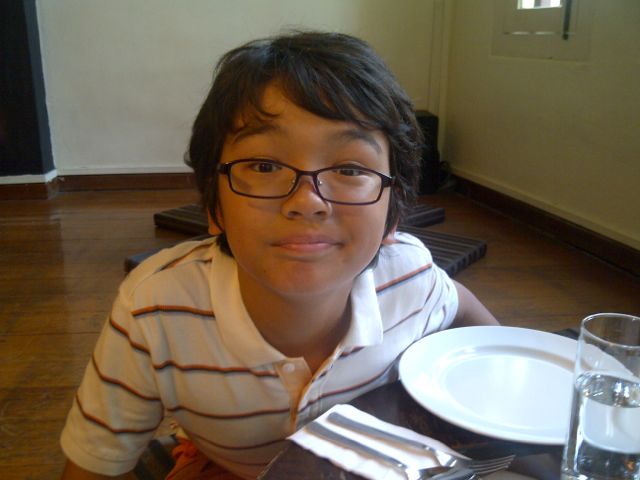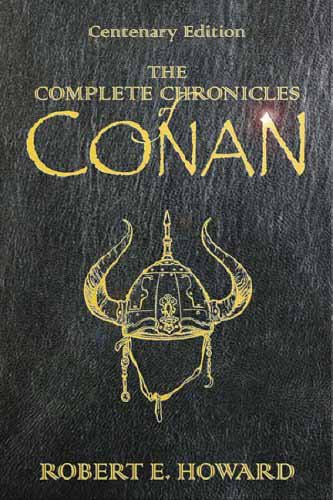
TCCOC
the Complete Chronicles of Conan, by Robert E Howard – I have read several Conan comics, from the classic Barry Windsor-Smith Marvel comics to the gorgeous recent explicit Dark Horse line. It’s all good. But I always felt it was a shame that I’d never read the original Robert E Howard stories. I finally got my chance to give the stories a try when I found this gorgeous 900-page tome of all 21 of the original Conan stories, along with two poems (the classic “Cimmeria”, and “the Hour of the Dragon”, an intro to the novel of the same name), and three drafts, a synopsis (“the Hall of the Dead”), and a fragment (“the Hand of Nergal”). The collection also contains “The Hyborean Age”, a pseudo-history by Robert E Howard, that traces the lost Hyborean Ages through their various developments from Conan’s lost primordial age of barbarians, to the modern barbarians and the birth of civilization.
Conan stories are alive with wonder and amazement, full-fledged tales of brutality and bloodspilling, with our grim and determined hero facing death without fear and regularly plunging into the unknown at but a whim. They are instantely likeable and immensely readable. Definitely a wild ride that’s well worth it on every occasion. The stories range in length from about 10 pages to over 150, and they are set at different times in Conan’s life, from when he was a teen until when he ruled the land of Aquilonia near the end of his life. Wow! A typical Conan adventure would involve a sorcerer, a brute, a betrayal, a girl, a dungeon, an inhuman beast (or barbarian hordes), and often be set in the unholy ruins of ancient, corrupt, fallen necromantic civilizations; some tales involve nameless evils that are almost Lovecraftian – it was no coincidence that the two authors were friends through many long correspondences – and resurrected sorcerers of long-dead kingdoms. There are also a few witches, also typically timeless, who invariably require human sacrifice to win their youthful good looks, and maybe a vampire or two.
“The Phoenix On The Sword” is the first Conan tale, published in 1932, and it introduces both Conan and Thoth-Amon, his sorcerer nemesis, and depicts King Conan surviving an assassination attempt that involves a hell-beast and four traitors. Great magic, wonderful language. “The Scarlet Citadel” is another tale of King Conan, trapped with his slaughtered armied by a traitorous ally, he’s made prisoner; he escapes from the dungeons, escapes a serpent, frees the wizard Pelias and extracts his revenge. “The Tower Of The Elephant” tells a tale of a young Conan as a thief, infiltrating the unassailable tower and learning the secret of its prisoner, and the heart of the elephant, as well as the evil wizard Yara, who is laid low with the words “Yag-kosha gives you a last gift and a last enchantment”. “Black Colossus” is a tale of the young general Conan, who comes to the aid of princess Yasmela, whose kingdom has come under threat by an awakened wizard and his conquering hordes. It’s a great tale of armies and the deaths of thousands and is great fun to read in all of its fantastic bewilderment. “The Slithering Shadow” is about the wanderer Conan, with his girl Natala, roaming the desert and discovering a city of dreamers who are hunted in their halls by strange magical creatures. “The Pool of the Black One” has Conan joining a pirate gang, killing its master, taking his girl, and exploring an island haunted by demonic slayers of a fantastic cultish civilization; of course, he kills them all and makes his escape with the girl. “Rogues in the House” is a great tale of political intrigue that involves Conan, a nobleman who has fallen out of favour with the court magician/kingmaker, the magician, and a great ape creature that wants to be a magician. Nice stuff. “Shadows in the Moonlight” has the warrior Conan saving the lovely Olivia from brutes, then taking her to another haunted island with a crew of pirates. In “Queen of the Black Coast”, Conan falls in with a crew that is plundered by the queen of the black coast, only he survives – but he fights so savagely that the queen takes him in, makes her his lover, and then goes into the jungle to plunder gems from a haunted castle. Again, they encounter evil magical foes that kill everybody but Conan. Great, Lovecraftian stuff here too, as with “The Slithering Shadow” and “The Pool of the Black One”, but better. “The Devil in Iron” is a crazy tale of a haunted city on a hill where civilised men try to trap the mercenary leader Conan, only to be destroyed themselves (Conan destroys everybody – his clever adversaries, the ancient magicians and everybody else, while also saving the girl). “The People of the Black Circle” has a queen of a cursed kingdom forming an alliance of sorts with Conan, a mercenary leader in the Himalayas, forming and breaking alliances, being betrayed at turns, encountering mercenary magicians, magician hordes, gaining magical hexes and protections, and bringing down an ancient house of black magic, while surviving ambushes and various Mexican standoffs, landslides and avalanches, the works. This story really has it all! “A Witch Shall Be Born” is about a queen being usurped by her twin sister, with General Conan coming to rescue the kingdom from the depraved and corrupt leaders. Hurray for Conan! This is also the story where Conan is crucified in the desert and left for dead. “Jewels of Gwalhur” is a cool tale of the mercenary Conan in deep Africa trying to play kingdoms off against each other as they revive centuries-old traditions in a fortress of ancient magic, Conan rescues a pretty little seductress at the expense of great wealth, meanwhile solving a murder mystery and laying his enemies low. Very nice indeed. A bit of Sherlock Holmes about this one. “Beyond the Black River” has Conan in frontier land, fighting to protect the civilised settlers from the savage Picts, at one point going into the Pictish jungle to assassinate a Pictish necromancer, before retreating to save settlers from a massive onslaught. Nutty stuff. “Shadows in Zamboula” is a minor tale that has Conan coming to a mysterious town where he gets involved in royal intrigues, magic, poisonings, attempted assassination, and strange cannibal rituals. Great ironic ending to this one (in fact, there are two great ironic endings here!!). “Red Nails” is an absolutely insane story of Conan and the lovely red Valeria, a she-devil, escaping to a depraved hidden kingdom in a valley of the tyrannosaurus rex (which Conan and Valreia manage to kill), before stumbling across a ruined city where two nihilistic warring tribes are squatting; our couple become involved in the intrigues, before nearly falling victim to bizarre, traitorous scheming of a creepy ages-old bisexual witch-queen and her lackie king.
“The Hour of the Dragon” is a fantastic tale of King Conan going up against sorcerous and political foes (three traitors raise a 3,000 year-dead necromancer and enlist his aid – a decision they live to regret), losing his kingdom, then gaining it back via the recovery of magical materials. Great chase sequences, and there are plenty of tense moments when it all nearly falls apart, only to be won in a rousing overture – hooray!! “The God in the Bowl” is a very cool barbarian detective tale that involves a thief (Conan), some cops, a politician, and an (absent) necromancer. And a big, nasty monstrous creature. “The Black Stranger” is a nutty tale of primordial politics, Pictish frontier lands, a phantom stranger, forest expeditions, poison, intrigue, barbarian hordes, wild alliances, and a few damsels in distress. Nice. “The Frost Giant’s Daughter” is the short, classic tale of Conan’s battle in the snow with the cruel (and cruelly beautiful) Atali, and her brothers. “By Ymir!” “Drums of Tombalku” is a strange desert tale that hardly involves Conan, but is about a warrior Almaric who knew Conan, who rescues a princess; returning her to her city, he discovers the secret of that horrible settlement – and Conan does appear at some point. “The Vale of Lost Women” is a creepy tale of a woman’s revenge, and her foolish attempts to escape danger without Conan’s help (he rescues her anyway – yay!).
The stories are full of wild and lusty language:
The cat sank into a crouch, and Balthus numbly remembered tales of its appalling ferocity; of how it would spring upon an elephant and drive its sword-ike fangs so deeply into the titan’s skull that they could never be withdrawn, but would keep it nailed to its victim, to die by starvation.
Conan utters his great oaths: ‘”Crom, Ymir and Mitra!” raged Conan. “Gods and devils, could I but reach the fighting, if but to die at the first blow!”‘
Conan knows religion!
“I have known many gods. He who denies them is as blind as he who trusts them too deeply. I seek not beyond death. It may be the blackness averred by the Nemedian skeptics, or Crom’s realm of ice and cloud, or the snowy plains and vaulted halls of the Nordheimer’s Valhalla. I know not, nor do I care. Let me live deep while I live; let me know the rich juices of red meat and stinging wine on my palate, the hot embrace of white arms, the mad exultation of battle when the blue blades flame and crimson, and I am content. Let teachers and priests and philosophers brood over questions of reality and illusion. I know this: if life is illusion, then I am no less an illusion, and being thus, the illusion is real to me. I live, I burn with life, I love, I slay, and am content.”
Sometimes the conversation gets political:
“You sit on satin and guzzle wine the people sweat for, and talk of divine rights of sovereignty – bah! I climbed out of the abyss of naked barbarism to the throne and in that climb I spilt my blood as freely as I spilt that of others. If either of us has the right to rule men, by Crom, it is I! How have you proved yourself my superior?
“I found Aquilonia in the grip of a pig like you – one who traced his genealogy for a thousand years. The and was torn with the wars of the barons, and the people cried out under suppression and taxation. Today no Aquilonian noble dares maltreat the humblest of my subjects, and the taxes of the people are lighter than anywhere else in the world.
“What of you? Your brother, Almarus, holds the eastern half of your kingdom and defies you. And you, Strabonus, your soldiers are even now besieging castles of a dozen or more rebellious barons. The people of both your kingdoms are crushed into the earth by tyrannous taxes and levies. And you would loot mine – ha! Free my hands and I’ll varnish this floor with your brains!”
I wish that Howard had lived longer and given us more stories like these. Conan is awesome.
The afterword gives some colour on Robert E Howard, his history of publishing, aspects of his peculiar wilderness small-town life, his relationship with his parents (especially his dying mother), his fans, his publishers, the artists who created covers that features Conan (a central aspect to pulp fiction publishing, of course – it was the Frazetta covers that are largely credited with giving Conan a new readership in the 1960s and beyond), and ultimately what drove him to take his own life at age 30.
After writing so many words praising the book, I feel like I should write more. But really, there’s only one word you need for this book: great!!
